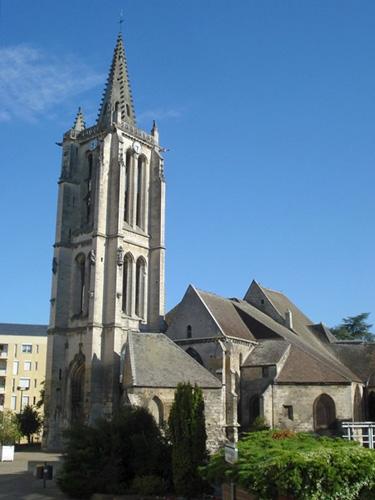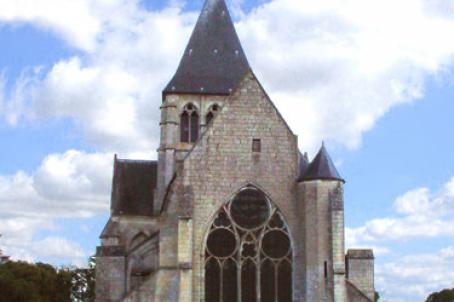Church of Saint-Médard
Built on the ruins of a Romanesque church, attached to the medieval city walls, the oldest parts preserved date from around 1200. Today the church of Saint-Médard is the result of an astonishing juxtaposition of architectures, styles and periods. Inside, the church conceals several treasures including a painting by Laurent de La Hyre.
About this building
The main framework of the church was rebuilt around 1250 on the plan of the earlier church in the shape of a Greek cross. The choir of the church then faces south-east. The church became too small and then underwent profound transformations, constrained by its narrow exterior environment, which resulted in its unusual shape. Around 1280, the building was extended to the north-east to accommodate the new church choir, which was more monumental than the previous one. This new liturgical orientation allowed the church to be extended to the south-west, with the surrounding wall touching the church to the north-east. The architectural appearance of the church was then intended to be Gothic. The church of Saint-Médard was partly destroyed during the Hundred Years' War. Part of the porch and the old choir were rebuilt in the 15th century. Attached to the church to the north, the Sainte-Catherine chapel was added at the same time. The construction of the bell tower is undertaken in the 16th century. Subsequently, the church of Saint-Médard undergoes only small modifications until today, although it was transformed into a saltpetre factory during the French Revolution.






